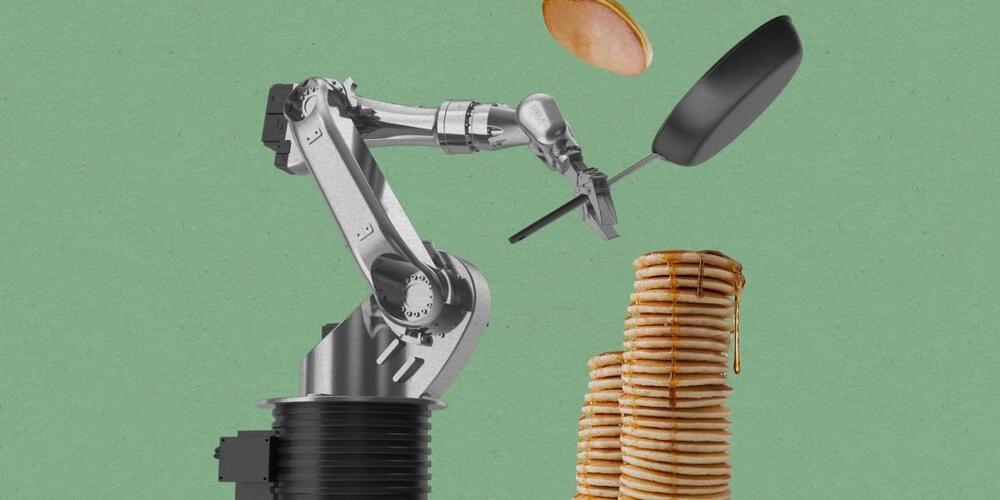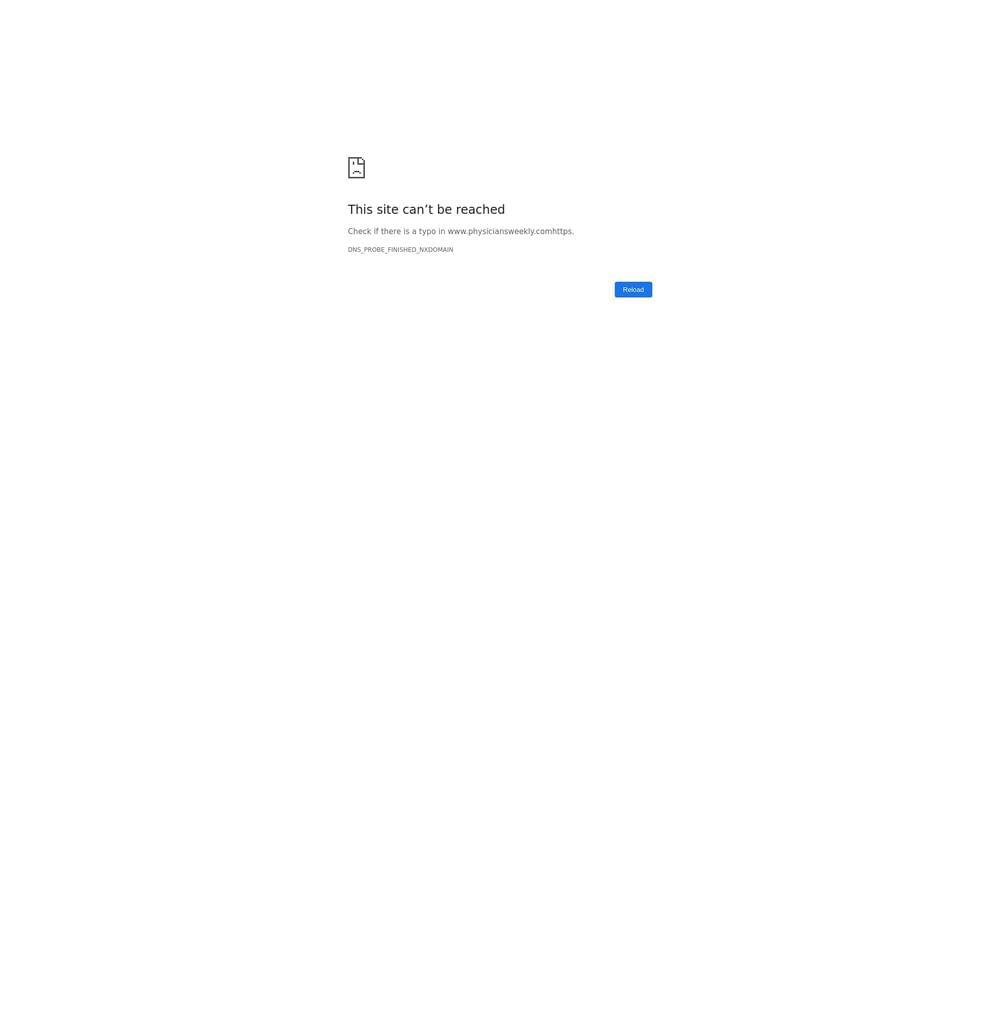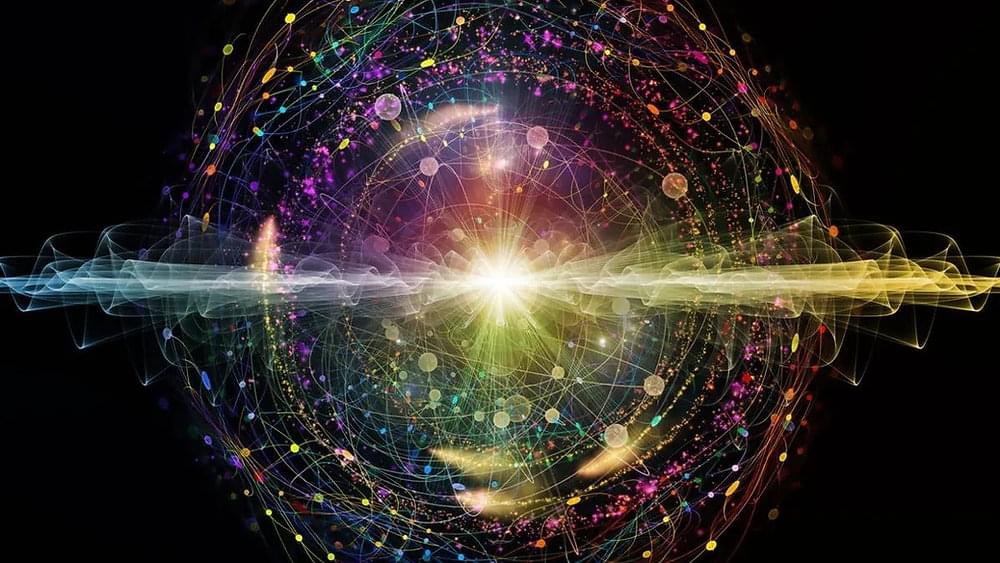Feb. 1, 2024 – A common condition called polycystic ovary syndrome that causes irregular menstrual cycles has been linked to signs of early cognitive decline.
Known as PCOS, the condition may affect more than 1 in 10 women, and is among the most common causes of infertility. In addition to ovulation problems, PCOS can cause excess hair growth on the face and the other parts of the body, as well as abnormal growths on the ovaries. Women with PCOS are at a particularly heightened risk of getting type 2 diabetes, as well as other serious health conditions like heart disease, high blood pressure, cholesterol problems, and sleep apnea, particularly if the women are overweight.
This latest study looked for possible links between PCOS and brain health in women once they were in their late 40s or older.








